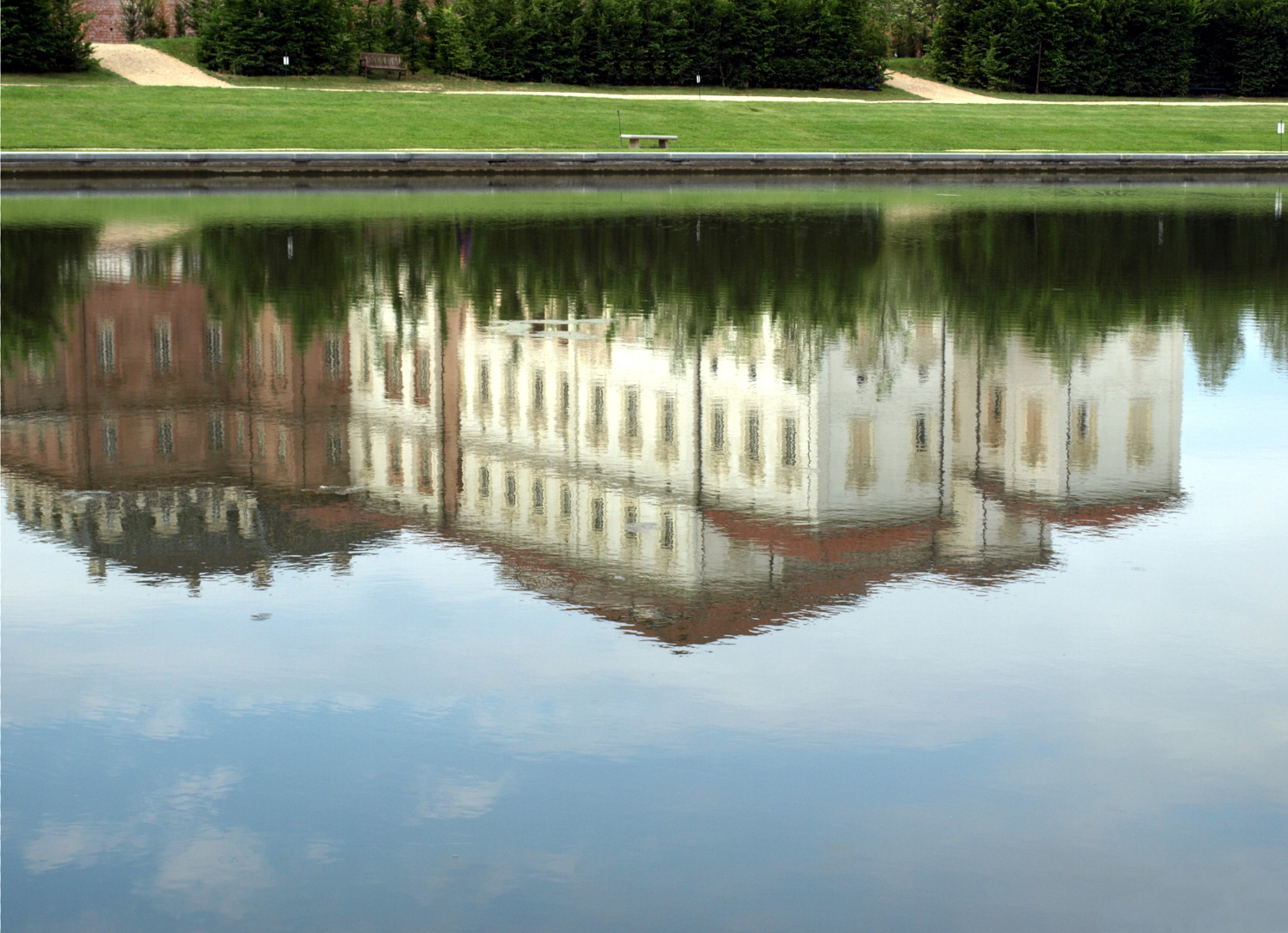
Stormwater management plays a vital role in maintaining healthy ecosystems and communities. As infrastructure like roads and buildings increases, the natural flow of rainwater is disrupted. This usually leads to runoff, which carries debris and sediment into local waterways. Detention and retention ponds are essential in improving water quality and preventing floods before releasing the water back into the environment. If you live in an area that experiences heavy rains or is susceptible to flooding, Southern Star Tree can help. We understand the intricacies of both systems, providing comprehensive stormwater retention pond management services to promote a sustainable community. Let’s explore the differences between a retention pond and a detention pond to help make informed decisions.
Retention ponds, also known as basins, are designed to permanently retain water. Tree service professionals in Atlanta, GA often recommend deep retention ponds and may incorporate aesthetic features like fountains. Additionally, retention ponds provide wildlife habitats, supporting a wide range of species and offering recreational opportunities like fishing.
A retention basin stores water indefinitely, allowing it to slowly filter into the ground. If you want to protect your property during floods, call a trusted tree care company to ensure emergency spillway features function as expected. This helps prevent water from overflowing, as the pond releases excess water after it reaches a certain level. In terms of routine care, conducting algae and weed control, aeration, shoreline management, and monitoring water quality is crucial.
Detention ponds, also known as drainage basins, are designed to temporarily store and release stormwater gradually. Unlike retention ponds, tree service providers recommend detention ponds for urban areas where hard surfaces lead to increased runoff. Also, detention ponds are shallower than the latter and focus on filtering pollutants and flood control. A well-designed detention pond captures water following heavy rains, allowing it to flow into the pond. This goes a long way to prevent water quality issues and erosion.
Additionally, some detention ponds have greenery to help absorb water safely before releasing it back into the ground. When managing a detention pond, professionals may implement aquatic solutions like algae and weed control and aeration. However, it is crucial to hire a trusted tree care company to manage vegetation and ensure it doesn’t limit storage capabilities.
When comparing retention and detention ponds, each waterbody is different in its function and design. As mentioned, retention ponds are designed to hold water permanently, allowing it to remain on-site indefinitely. On the other hand, detention ponds are designed for temporary storage, holding stormwater before releasing it slowly.
In terms of depth, detention ponds are shallower than retention basins, allowing for quicker drainage. The depth of retention ponds maintains water at a constant state, whereas detention ponds constantly fluctuate based on rainfall and the release of water.
Another major difference between retention and detention ponds is their function. The main function of a retention basin is to improve water quality through natural filtration, while detention ponds focus on flood control. However, they still filter pollutants like sediments before water is released. In addition, retention ponds support diverse wildlife habitats due to their permanent water and shoreline plant growth.
Managing stormwater can be difficult, and it’s crucial to keep your retention or detention basin functioning optimally to avoid flooding, potential fines, and property damage. That’s where Southern Star Tree comes in as your trusted partner for comprehensive retention and detention pond services, ensuring compliance, functionality, and protection of local ecosystems. Contact us today to book an appointment with our experts to access a personalized stormwater management program.